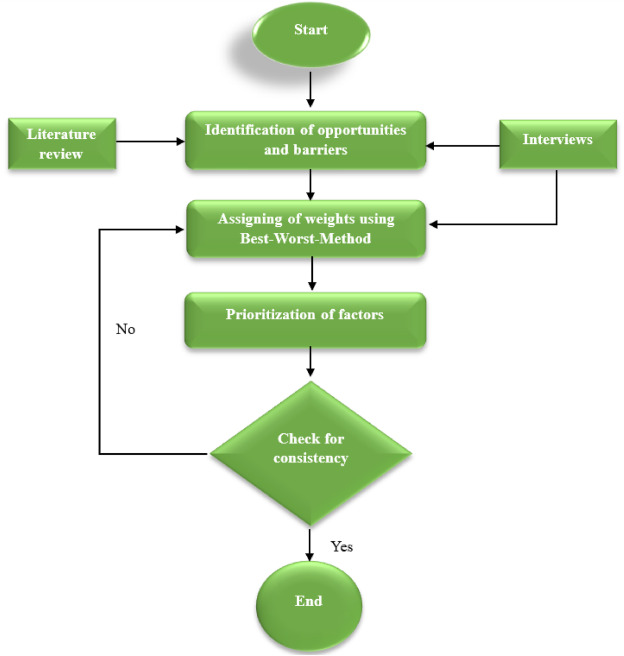
Situated in the Dâures Constituency of Namibia’s Erongo region, in southern Africa, is the continent’s pioneering net zero village. Founded in 2023, the Daures Green Hydrogen Village is designed to harness the country’s natural resources to generate green hydrogen and ammonia, with the goal of creating Namibia’s inaugural zero-carbon fertilizer.
“Namibia is a country that ranges from arid to semi-arid,” says Jerome Namaseb, CEO of the Daures Green Hydrogen Village. “It is highly susceptible to the consequences of climate change; we have endured roughly two droughts in the past five years. Therefore, it is only natural for us to explore how the emergence of green technology can facilitate industrialization… while also minimizing risks or enhancing value from an agricultural perspective.”
Backed by a partnership between the Namibian and German governments, the village capitalizes on Namibia’s renewable energy sources – solar and wind energy – to drive a clean, green future.
Currently, about 80% of global ammonia production is directed toward fertilizer manufacturing. Nonetheless, Namibia and Sub-Saharan Africa are grappling with sharp rises in fertilizer prices, leading to low consumption rates and jeopardizing food security. “Recent research indicates that the rate of application per square meter in Sub-Saharan Africa stands at just 15% of the recommended amount by the [Food and Agriculture Organization],” Namaseb points out.
The Daures Green Hydrogen Village aspires to produce low-carbon fertilizer locally, presenting a more cost-effective substitute to pricier synthetic imports. The initiative seeks not only to improve land and food production but also to provide support to local communities by tackling high unemployment rates.
“This creates a possibility for us to pursue industrialization, which should help address some socioeconomic challenges we face in Namibia, such as alarmingly high levels of unemployment,” Namaseb states. “Additionally, we hope to introduce to the market a green, locally made, carbon-free fertilizer, aiming to establish an industrial facility in the near future.”
**Demonstrating the concept**
The hydrogen village commenced with a pilot proof-of-concept facility in 2024. The project’s initial stages focused on producing green hydrogen and ammonia for nitrogen fertilizer, intending to generate around 18 tonnes of hydrogen, 100 tonnes of green ammonia, and over 400 tonnes of tomatoes (among other crops) each year.
Hydrogen production occurs by splitting water obtained from boreholes and converting it into ammonia using nitrogen from the atmosphere, all powered by clean energy.
The facility is off-grid and includes vital infrastructure on-site, such as a solar panel field with a substation and electrolyzer, seven boreholes supplying 70,000 liters of water daily, a laboratory, and a specialized training center. Furthermore, it provides accommodations for students, visitors, and workers, a nursery, and a fully automated greenhouse for vegetable cultivation. The pilot covers 300 hectares, while the entire site spans over 15,000 hectares.
In April, news emerged that the Daures Green Hydrogen Village secured financing through the Accelerate-to-Demonstrate Facility managed by the United Nations Industrial Development Organisation (Unido), allocated for the production of ammonium sulfate fertilizer with project completion expected in 2027. The team has completed feasibility studies for building a hybrid 5.5GW renewable facility, with a 2.5GW electrolyzer projected to produce over 180,000 tonnes of hydrogen annually and over 1 million tonnes of renewable ammonia.
The next phase involves the creation of a 100MW facility as the first step in commercial fertilizer production, synthesizing approximately 80,000 tonnes of fertilizer each year.
Namaseb describes the village as a “one-of-a-kind accomplishment” for two reasons. Firstly, it marks the first instance of green fertilizer produced in Namibia, and secondly, it utilizes some process inputs that are byproducts of other industrial activities. “For instance, we have a copper cell smelter that yields sulfuric acid as a byproduct of their industrial process, which serves as the feedstock for producing ammonium sulfate fertilizer,” he clarifies.
**Fostering community spirit**
In addition to generating carbon-free fertilizer, the Daures project emphasizes community values. “In our [engineering, procurement, and construction] contracting, we allocated roughly 30% of the contractual value for small-medium enterprises,” Namaseb explains. “We’ve also ensured that the employment is heavily weighted toward sourcing unskilled and semi-skilled labor from the local populace.”
A significant component of the project is focused on skill development through a training center initiated in collaboration with Unido. The training program, planned for two years, principally targets young Namibians, especially from marginalized communities, ensuring they are included in Namibia’s growing green economy.
“We’ve launched a public call where, over the next 18–24 months, we aim to train between 250 to 300 Namibians at this facility,” Namaseb shares.